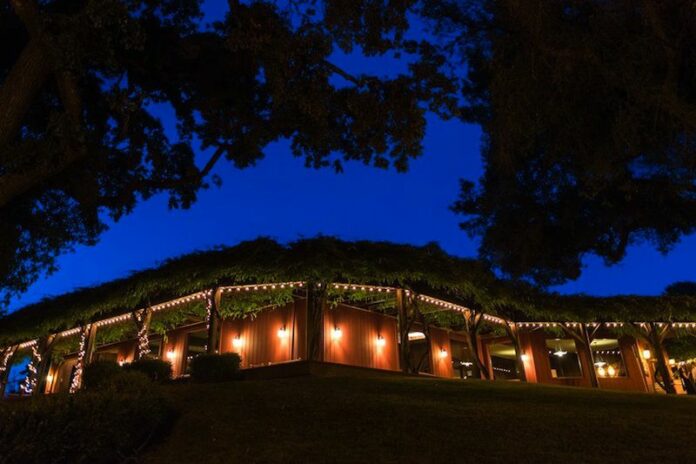Q: “Why is the Villa Chanticleer named so? Does it have to do with Chaucer’s Chanticleer?” – Christine Campbell, Healdsburg
A: After Christine Campbell asked this question about the Chanticleer, we set out to find the answer. We talked with Leilani Martin, reservations and operations coordinator at the Chanticleer and with Frank Teuschler, whose father was the carpenter behind the building.
We found that the historic building was originally named, “the Chantecler Resort.” In 1916 Victor Cadoul, along with his wife Seraphie, purchased the resort and renamed it, the “Villa Chanticleer” after the French fable, “Le Corbeau Et Le Renard,” by 17th century poet, De Jean De La Fontaine.
The famous French fable is a satire on human conventions and morals. According to a 2008 article published in the Healdsburg Museum’s Russian River Recorder, “The name was derived from ‘chante claire,’ which means ‘clear singing,’ as in the rooster welcoming the dawn.”
“It used to be a French resort and it was named after Chanticleer, the French name for rooster,” Teuschler explained.
And while the Villa was not named after Geoffrey Chaucer’s, “The Canterbury Tales,” a chanticleer is also a character in the “Nun’s Priest’s Tale,” one of the stories told by a “Canterbury Tales” character.
Even though the two poets lived hundreds of years apart, the two tales are similar in that they offer a satire on human traits and behavior such as hubris and recklessness.
In the Canterbury tale, a conceited Chanticleer is approached by a fox who says he wishes to hear the rooster’s lovely musical cries. While the rooster crows with his eyes closed and neck outstretched the fox snatches him and the barnyard of animals chases after the two.
The captured rooster suggests they pause so he can tell his animal friends to give up and while doing so the fox takes time to taunt the others, giving time for the rooster to escape. In the end, the fox’s pride is his undoing.
If you want to read the entire tale, Chaucer’s work is widely available (and if you’re up for a challenge, try reading it in Middle English).
A little bit of history
As aforementioned, the Villa started out as an upscale French getaway. In 1910, San Francisco Frenchman Auguste Pradel purchased 130 acres from an E. Dufore on the northern side of Fitch Mountain.
Pradel then created the resort to cater to San Francisco’s French community.
It was then in 1916 that Cadoul purchased the resort and expanded its facilities, according to the same archive article.
Facilities included a kitchen and bar, dining area with screened in porch and guest cabins.
Cadoul ran the resort until 1924 when he leased it to his parents, who kept it until 1926.
The lease then ran back and forth between Cadoul, his parents and eventually Cadoul’s daughter. Over the years a bowling alley, “help yourself” cherry orchard and a children’s playground were added.
In 1945, the property was sold to Jack Kent and W. Johnson and in that same year a kitchen fire took down the dining room. Later the city of Healdsburg purchased the 17.04-acre Villa.
According to the article, “The city annexed the property and spent $150,000 finishing the landscaping and made upgrades.”
Today, the Villa is a desired spot for wedding nuptials and other events.
Is there something you’ve been wondering about Healdsburg? We want to hear from you. SoCurious? invites you to be a part of the local news reporting process. For more information or to submit a question, click on the “SoCurious” tab in the navigation bar.
50.7
F
Healdsburg
April 19, 2025








